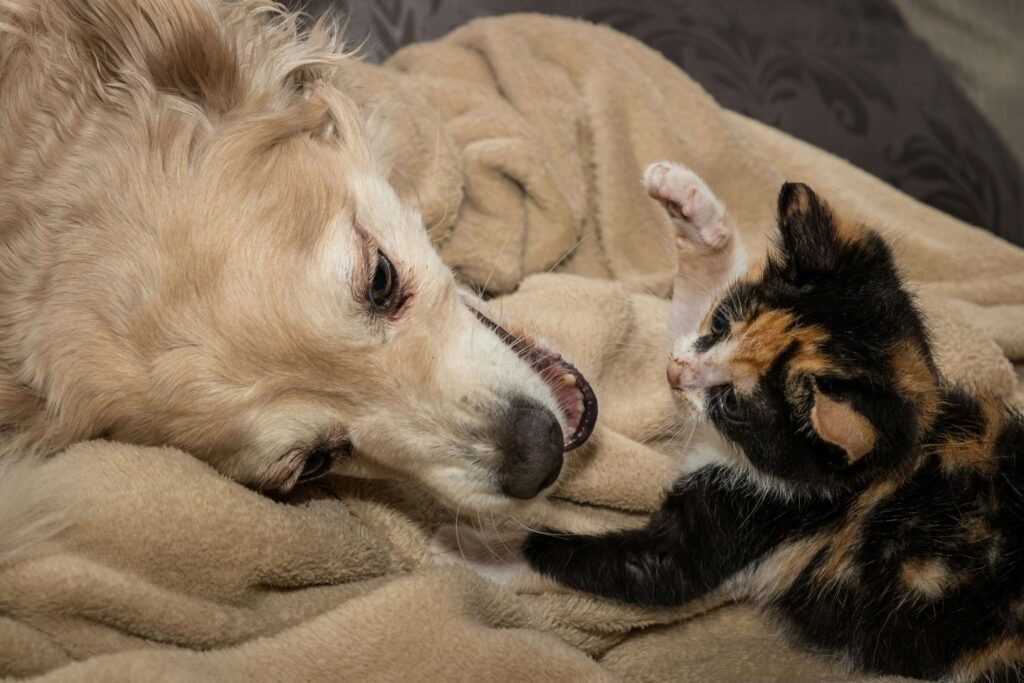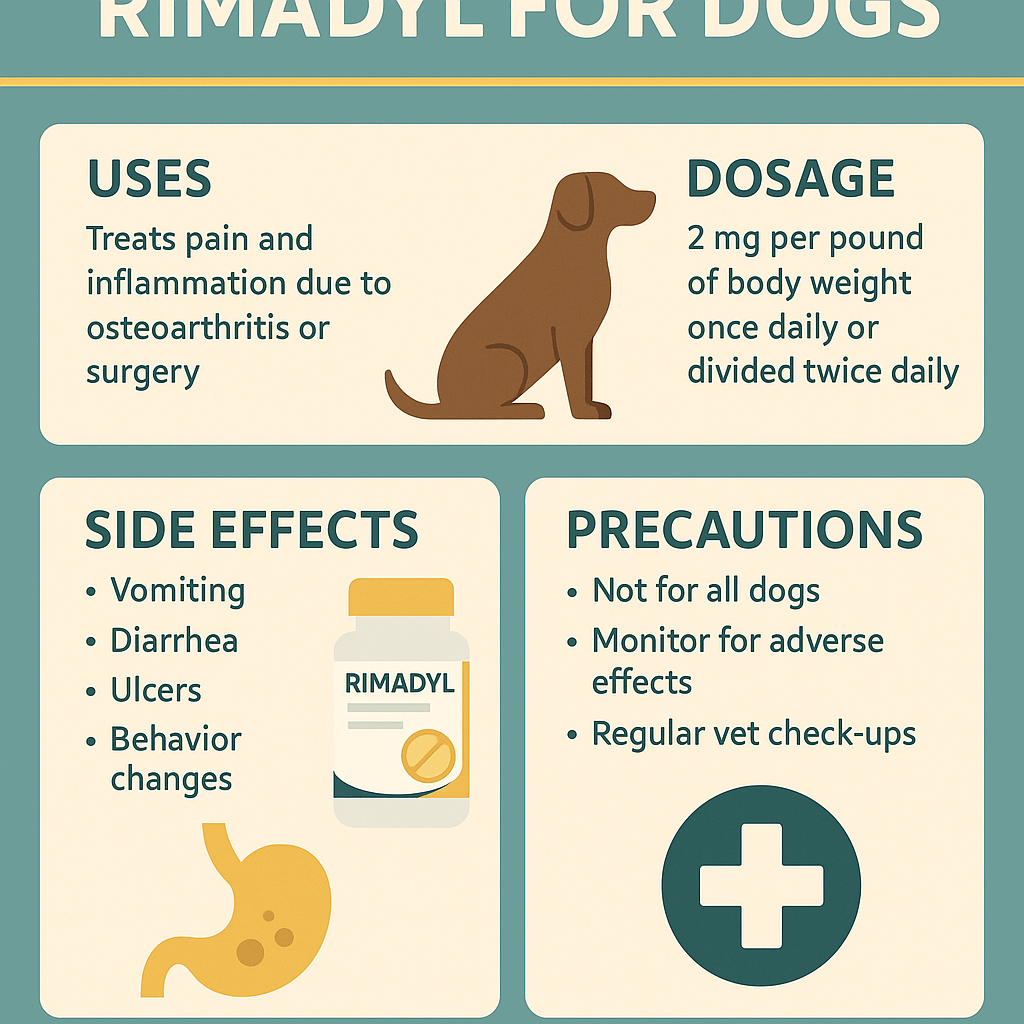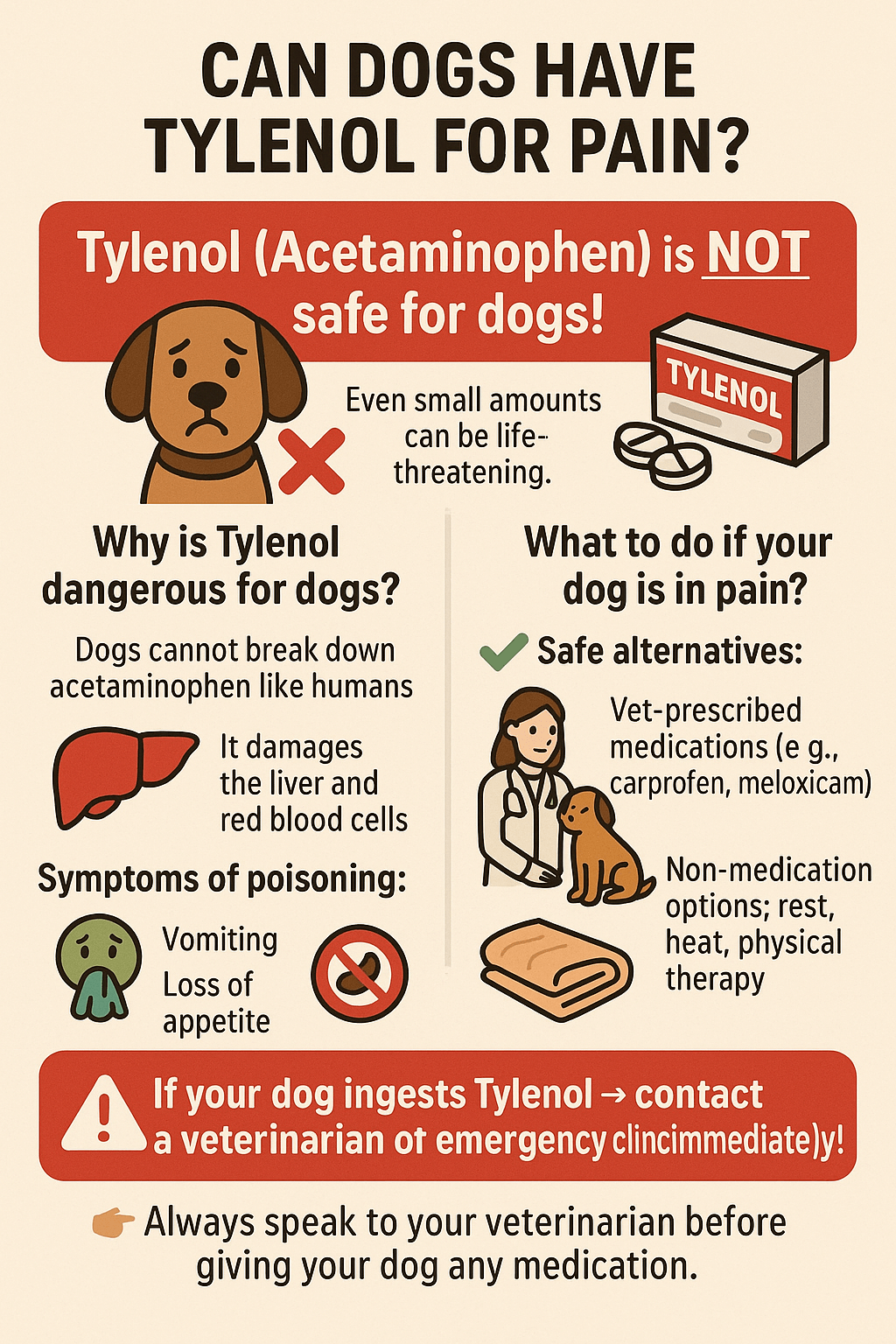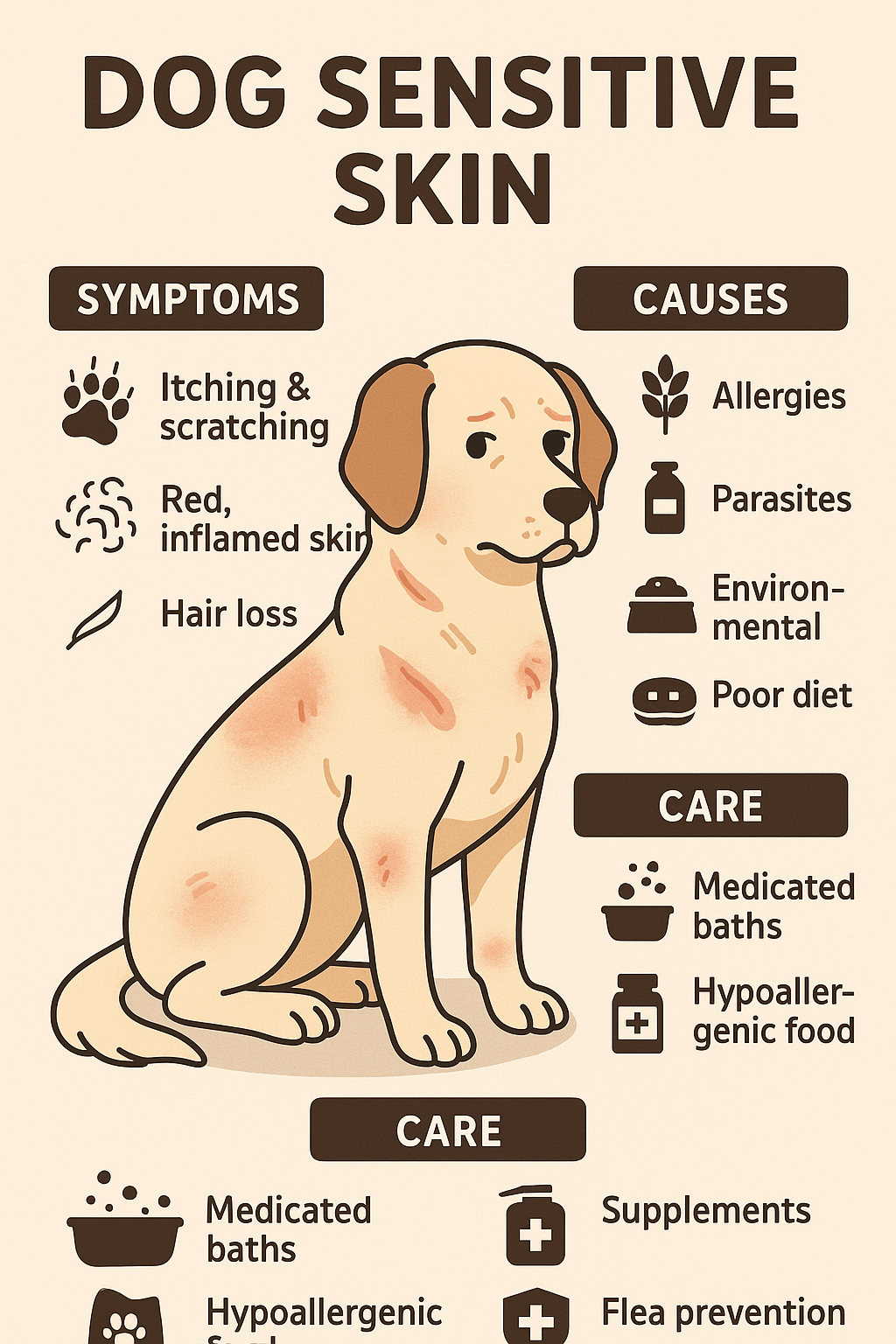My Dog Ate Cat Food: What You Need to Know
It’s not uncommon for dogs to sneak a bite—or an entire bowl—of cat food when given the chance. While it might seem harmless at first glance, there are important factors to consider if your dog has indulged in this feline delicacy. Dogs and cats have different nutritional needs, and what’s perfectly fine for your cat might not be ideal for your dog. In this blog post, we’ll explore why dogs are drawn to cat food, the potential risks involved, and how to handle the situation safely. By the end, you’ll have all the information you need to ensure your pup stays healthy while satisfying their curiosity.
Why Is Cat Food So Appealing to Dogs?
Dogs are naturally curious creatures, and their keen sense of smell often leads them straight to the cat’s food bowl. But why does cat food hold such allure for our canine companions? Here are some reasons why your dog might be tempted:
Stronger Smell
Cat food tends to have a stronger, more pungent aroma due to its higher protein and fat content, which can be irresistible to dogs.Higher Fat Content
The elevated fat levels in cat food make it more flavorful and appealing compared to many dog foods.Curiosity About Forbidden Foods
Dogs are notorious for wanting what they can’t have, and a separate bowl of food is often too tempting to resist.Texture Differences
The texture of dry or wet cat food may feel novel to a dog, especially if it differs from their usual kibble.Opportunistic Behavior
If your dog spots an unattended bowl of cat food, their opportunistic nature kicks in, and they’ll seize the moment.
Understanding these factors can help you take preventive measures to keep your dog away from the cat’s food.
Potential Risks of Dogs Eating Cat Food
While the occasional nibble of cat food isn’t likely to harm your dog, consistent consumption can lead to health issues. Here are some potential risks to be aware of:
Nutritional Imbalance
Cat food lacks certain nutrients that dogs need, such as taurine substitutes and specific vitamins tailored for canine diets.Weight Gain
The high calorie and fat content in cat food can contribute to unhealthy weight gain if consumed regularly.Digestive Upset
Some dogs may experience vomiting, diarrhea, or other gastrointestinal issues after eating cat food.Pancreatitis Risk
The high fat content in cat food can increase the risk of pancreatitis, especially in dogs prone to this condition.Behavioral Problems
If your dog develops a habit of stealing cat food, it could lead to resource guarding or other behavioral challenges.
Being aware of these risks will help you monitor your dog’s health and take action if necessary.
Check this guide 👉My Dog Ate Coffee Grounds: Best 7 Expert Tips!
Check this guide 👉My Dog Ate Weed: Best 7 Expert Tips!
Check this guide 👉My Dog Ate a Rock – Will It Pass? Best 7 Health Tips!

Dog Food Characteristics | Cat Food Characteristics |
|---|---|
Lower protein content | Higher protein content |
Balanced fat levels | Higher fat content |
Contains grains (often) | Grain-free options more common |
Tailored for omnivores | Formulated for obligate carnivores |
Larger kibble size | Smaller, softer pieces |
How to Prevent Your Dog from Eating Cat Food
Preventing your dog from accessing cat food requires a combination of supervision, training, and environmental adjustments. Here are some practical tips to keep your dog out of the cat’s bowl:
Elevate the Cat’s Food Bowl
Place the cat food on a high surface or shelf where only your cat can reach it.Use Separate Feeding Areas
Feed your pets in different rooms and close the door to the cat’s feeding area during mealtime.Supervise Meal Times
Stay present during feeding times to ensure your dog doesn’t sneak a bite.Teach Basic Commands
Train your dog to respond to commands like “leave it” or “off” to discourage unwanted behavior.Secure the Food Storage
Store cat food in sealed containers that your dog cannot access.
By implementing these strategies, you can minimize the chances of your dog helping themselves to the cat’s dinner.
What to Do If Your Dog Eats Cat Food Frequently
If your dog has developed a habit of eating cat food, it’s important to address the issue promptly to prevent long-term health problems. Here’s what you should do:
Monitor Their Health
Watch for signs of digestive upset, weight gain, or lethargy, and consult your vet if any concerns arise.Adjust Feeding Schedules
Feed your pets at different times to reduce the likelihood of overlap and temptation.Switch to High-Quality Dog Food
Ensure your dog’s food is nutritious and satisfying enough to discourage cravings for cat food.Provide Mental Stimulation
Engage your dog with toys, puzzles, or activities to distract them from the cat’s food.Consult a Veterinarian
If your dog continues to eat cat food despite your efforts, seek professional advice to rule out underlying issues.
Taking proactive steps will help protect your dog’s well-being while maintaining harmony in your household.
Signs Your Dog May Be Eating Too Much Cat Food
If your dog has been sneaking cat food regularly, there are certain signs that may indicate they’re consuming too much of it. Here’s what to look out for:
Weight Gain
A sudden increase in your dog’s weight can be a sign that they’re overindulging in calorie-dense cat food.Excessive Thirst
High-protein diets like cat food can sometimes lead to increased thirst as their kidneys work harder to process it.Frequent Digestive Issues
Loose stools, vomiting, or constipation may occur if your dog’s digestive system is struggling with the unfamiliar diet.Lethargy
If your dog seems unusually tired or sluggish, it could be due to an imbalance in their nutrition.Behavioral Changes
Your dog may become more food-obsessed or start guarding the cat’s food bowl aggressively.
By recognizing these signs early, you can take action to prevent further health complications.
Safe Alternatives to Satisfy Your Dog’s Cravings
If your dog is obsessed with cat food, offering safe alternatives can help redirect their cravings in a healthier direction. Here are some options to try:
High-Protein Dog Treats
Choose treats specifically formulated for dogs that mimic the rich flavors of cat food.Homemade Meat Snacks
Prepare small portions of cooked chicken, turkey, or beef as a nutritious and satisfying treat.Puzzle Toys with Rewards
Use interactive toys that dispense small amounts of food to keep your dog mentally engaged.Dental Chews
Offer dental chews designed to satisfy chewing urges while promoting oral health.Frozen Broth Cubes
Freeze low-sodium chicken or beef broth in ice cube trays for a refreshing and flavorful snack.
These alternatives provide a safer way to indulge your dog’s taste preferences without compromising their health.
How to Create a Peaceful Multi-Pet Feeding Environment
Feeding multiple pets in the same household can be challenging, especially when one pet is determined to eat the other’s food. Here are some strategies to create a peaceful feeding environment:
Separate Rooms for Meals
Feed your dog and cat in different rooms and close the door to minimize distractions.Scheduled Feeding Times
Establish set meal times for both pets and pick up any leftover food afterward to avoid temptation.Supervised Feedings
Stay present during mealtimes to monitor behavior and intervene if necessary.Secure Storage Solutions
Keep both dog and cat food in sealed containers or cabinets that only you can access.Positive Reinforcement Training
Reward your dog for staying away from the cat’s food to reinforce good behavior over time.
By implementing these strategies, you can reduce stress and ensure both your dog and cat enjoy their meals in peace.
Frequently Asked Questions About Dogs Eating Cat Food
Is it dangerous if my dog eats a small amount of cat food?
Occasional nibbles are unlikely to cause harm, but regular consumption can lead to health issues.
Can I feed my dog cat food occasionally as a treat?
It’s best to avoid using cat food as a treat due to its high fat and protein content.
Why does my dog prefer cat food over their own food?
The stronger smell and higher fat content make cat food more appealing to some dogs.
How can I stop my dog from stealing cat food?
Use elevated feeding stations, separate feeding areas, and consistent training to deter this behavior.
Should I worry if my dog vomits after eating cat food?
Vomiting can indicate digestive upset; contact your vet if it persists or is accompanied by other symptoms.
Final Thoughts: Keeping Your Dog Safe and Happy
While it’s natural for dogs to be curious about cat food, it’s important to remember that their dietary needs differ significantly from those of cats. By understanding why dogs are drawn to cat food, recognizing the potential risks, and taking preventive measures, you can ensure your furry friend stays healthy and satisfied. Whether through training, environmental adjustments, or consulting your veterinarian, addressing this issue proactively will help maintain a harmonious home for both your dog and your cat. Remember, a happy pet is a healthy pet—and with a little effort, you can keep both your dog and your cat thriving!
Rimadyl for Dogs: Best 7 Expert Tips! Discover expert advice on using Rimadyl safely, managing pain, and improving your dog’s mobility with trusted veterinary insights.
Can Dogs Have Tylenol for Pain? Best 7 Expert Tips! Discover the risks, safe alternatives, and expert advice on managing your dog’s pain effectively while avoiding harmful medications.
Understanding Hemophilia in Dogs: Best 7 Expert Tips! Discover expert advice on managing hemophilia, recognizing symptoms, and ensuring your dog’s well-being with practical care strategies.
Understanding Dog Sensitive Skin: Best 7 Expert Tips! Discover expert advice on managing dog sensitive skin, relieving irritation, and improving your pup’s comfort with practical solutions.





